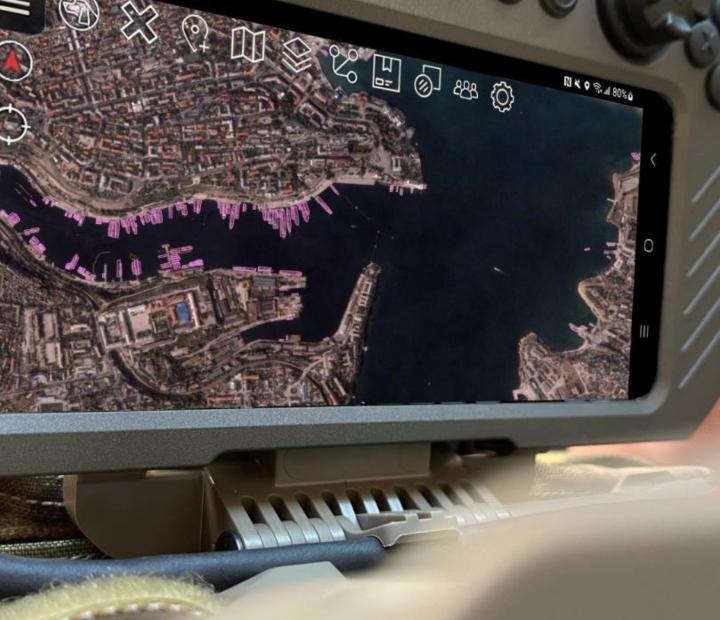As humanity’s reach into space continues to expand, so too does the need for advanced intelligence capabilities in orbit. With a boom in space-based intelligence on the horizon, the question arises: can our terrestrial ground networks keep up with the demand for data? In this article, we will explore the challenges and opportunities facing ground-based communication systems as they strive to support the growing complexity of space-based intelligence operations.
Challenges in Ground Networks Supporting Space-Based Intelligence
Bandwidth Limitations: Ground networks face challenges in supporting the increasing data demands of space-based intelligence. With advancements in satellite technology enabling higher resolution imaging and increased data collection, ground networks must adapt to handle the influx of information. Bandwidth limitations can lead to delays in data transmission, affecting real-time intelligence gathering and analysis.
Security Concerns: As space-based intelligence becomes more prevalent, the security of ground networks becomes a critical issue. With sensitive information being transmitted between satellites and ground stations, there is a risk of data breaches or cyber attacks. Ensuring the security of these networks is paramount to safeguarding classified information and maintaining the integrity of space-based intelligence operations.
Increasing Demand for Data Transmission and Analysis from Space
The demand for data transmission and analysis from space is rapidly increasing as advancements in satellite technology and remote sensing capabilities continue to expand. With the rise of satellite constellations and high-resolution imaging satellites, there is a growing need for reliable and high-speed ground networks to handle the influx of data coming from space.
**Can ground networks keep up with this boom in space-based intelligence?** As companies and governments invest more in space-based technologies, the pressure is on to develop robust ground infrastructure that can efficiently collect, process, and distribute data from satellites. Innovations in data storage, processing power, and network connectivity will be crucial in meeting the demands of this new era of space-based intelligence.
Adapting Ground Infrastructure to Accommodate Growing Satellite Constellations
The rapid growth of satellite constellations in space brings with it a need for ground infrastructure that can keep up with the increasing demands for data processing and communication. As more and more satellites are launched into orbit, ground networks must be adaptable and scalable to accommodate the growing number of spacecraft.
With the rise of space-based intelligence applications, the pressure is on to develop ground systems that can efficiently track, communicate with, and manage a large number of satellites. To meet this challenge, ground infrastructure must be upgraded with advanced technologies and innovative solutions that can handle the complexities of managing a constellation of satellites in orbit.
Future-Proofing Ground Networks for Enhanced Space-Based Intelligence Operations
In the rapidly evolving world of space-based intelligence operations, the demand for real-time data and enhanced capabilities is skyrocketing. As advancements in technology continue to push the boundaries of what is possible, ground networks must also evolve to keep pace with the growing needs of space-based intelligence missions. The future of space-based intelligence operations hinges on the ability of ground networks to effectively support and enhance the capabilities of satellite systems.
With the increasing complexity and volume of data being generated from space-based assets, ground networks must be future-proofed to ensure seamless and efficient communication between satellites and ground stations. This requires investing in advanced network infrastructure, improving data processing capabilities, and implementing robust cybersecurity measures to protect sensitive information. By embracing the latest technologies and strategies for enhancing ground networks, organizations can ensure they are well-equipped to meet the challenges and opportunities of the evolving space-based intelligence landscape.
In Summary
As the possibilities for space-based intelligence continue to expand, the question remains whether our ground networks will be able to keep up with the boom. With advancements in technology and a growing demand for real-time data, the future of intelligence gathering is set to soar to new heights. Only time will tell if our terrestrial infrastructure can support the rapid growth and evolution of space-based intelligence. Stay tuned as we navigate this exciting frontier together.


